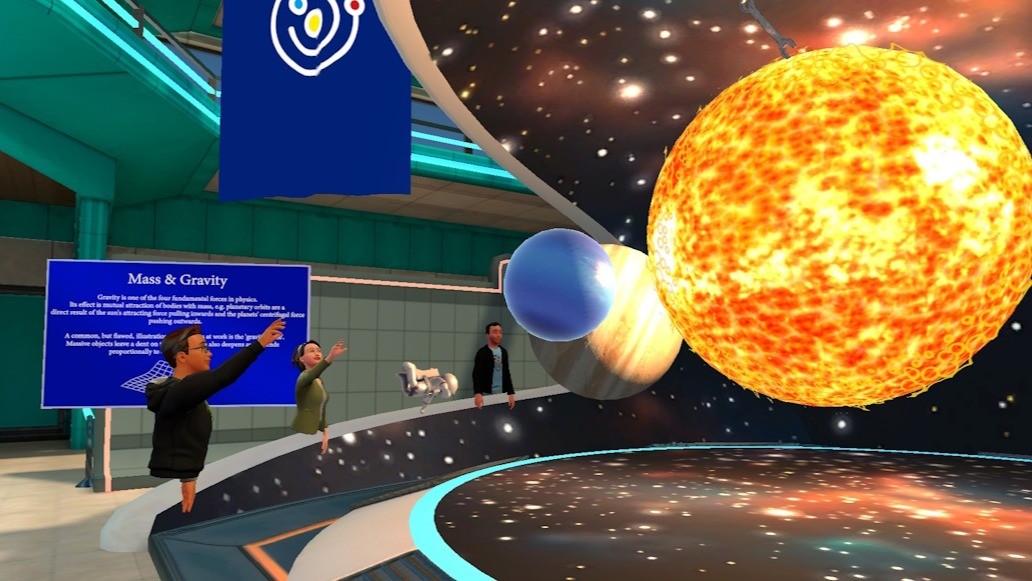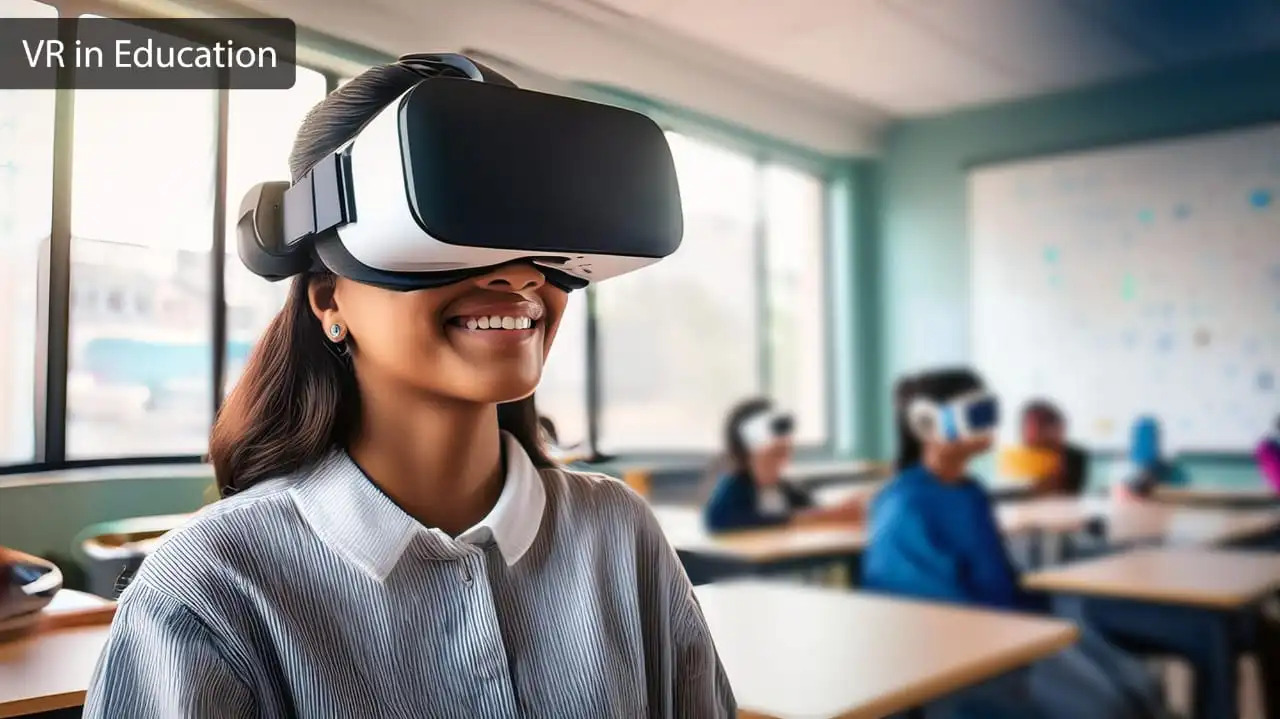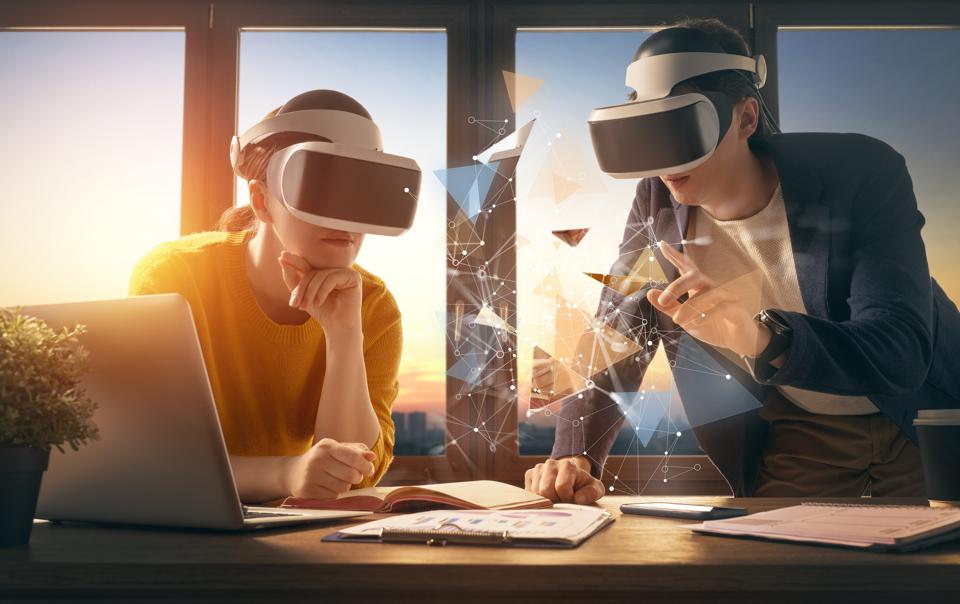In the evolving landscape of employee training, engagement has become a critical factor for success. Gamification—a technique that incorporates game elements into training programs—has proven to boost participation, enhance learning outcomes, and increase retention rates. Microsoft Mesh, with its immersive virtual environments and cloud scripting, offers a unique platform for delivering gamified training experiences that go beyond traditional methods. This blog post explores how organizations can harness the power of Mesh to make employee training both effective and enjoyable.
The Importance of Gamification in Training
Gamification leverages game mechanics such as points, leaderboards, and challenges to motivate employees and make learning more interactive. This approach transforms training sessions into engaging and enjoyable experiences, driving higher participation rates and better knowledge retention. Microsoft Mesh enhances these benefits by providing immersive environments that allow for hands-on practice and real-time interaction.

Designing Gamification Elements in Microsoft Mesh
Key Gamification Elements
To create a gamified training environment in Mesh, consider incorporating the following elements:
- Points and Rewards: Assign points for completing tasks or challenges and offer rewards for achieving specific milestones.
- Leaderboards: Foster a sense of competition by displaying performance rankings, motivating employees to improve their scores.
- Badges and Levels: Recognize achievements with badges and levels, encouraging continuous learning and mastery of skills.
- Interactive Challenges: Design engaging challenges that require problem-solving and collaboration.
Practical Examples of Gamified Training Activities
Microsoft Mesh allows for a wide range of interactive training activities:
- Virtual Scavenger Hunts: Create a scavenger hunt where employees must find and interact with virtual objects related to their training. This activity promotes exploration and reinforces learning objectives.
- Team-Based Challenges: Design challenges that require teamwork to solve problems or complete tasks. This fosters collaboration and enhances problem-solving skills.
- Interactive Quizzes: Implement quizzes with immediate feedback to test knowledge and reinforce learning. Quizzes can be strategically placed within the virtual environment to ensure they are both fun and educational.
- Role-Playing Simulations: Set up simulations that allow employees to practice skills in a safe, controlled setting. Role-playing scenarios can be used to teach customer service, conflict resolution, and other vital skills.
Benefits of Gamified Training in Mesh
Gamified training in Microsoft Mesh offers numerous benefits for both employees and organizations:
- Increased Engagement: Gamification makes training sessions more enjoyable, leading to higher participation rates.
- Improved Retention: Interactive and immersive elements help employees retain information better by engaging multiple senses and providing hands-on experiences.
- Enhanced Collaboration: Team-based activities foster a sense of camaraderie and improve teamwork skills.
- Motivation and Performance: Competitive elements like leaderboards and rewards inspire employees to strive for excellence and achieve their learning goals.
Measuring Success and Gathering Feedback
As in any effort, it’s very important to track metrics that mean success to you and your team. For emerging technology like immersive meetings and events, it is extra important. To ensure the success of gamified training programs in Mesh, organizations should:
- Track Participation Rates: Monitor the number of employees engaging in gamified training sessions to gauge interest and involvement.
- Measure Performance Scores: Assess improvements in employee performance and skill levels by tracking scores and progress over time, such as the beginning and the end of an experience.
- Collect Feedback: Gather feedback from participants to identify areas for improvement. Use surveys and direct feedback to refine game elements, adjust difficulty levels, and incorporate new challenges.

Best Practices for Creating Effective Gamified Training Experiences
When designing gamified training in Mesh, it’s essential to follow best practices to ensure success:
- Keep It Relevant: Ensure that game elements are directly related to training objectives and outcomes.
- Make It Inclusive: Design activities that all employees can participate in, regardless of their skill levels. Ensure accessibility for employees with disabilities.
- Provide Clear Instructions: Clearly explain the rules and objectives of each game or activity to avoid confusion and ensure everyone understands how to participate.
- Balance Fun and Learning: While gamification should be enjoyable, it should remain focused on achieving educational outcomes. Ensure that the fun elements reinforce learning objectives rather than distract from them.
When designing any experience, it’s important that it can never be too easy – you don’t want to create roadblocks and frustration on the way to learning and collaboration!
Conclusion
Gamifying employee training in Microsoft Mesh can significantly enhance engagement, retention, and skill development. By incorporating interactive elements, realistic simulations, and competitive aspects, organizations can create effective and enjoyable training experiences.
Quelle:
https://www.linkedin.com/pulse/gamifying-employee-training-microsoft-mesh-matthew-marra-c2pnc/



